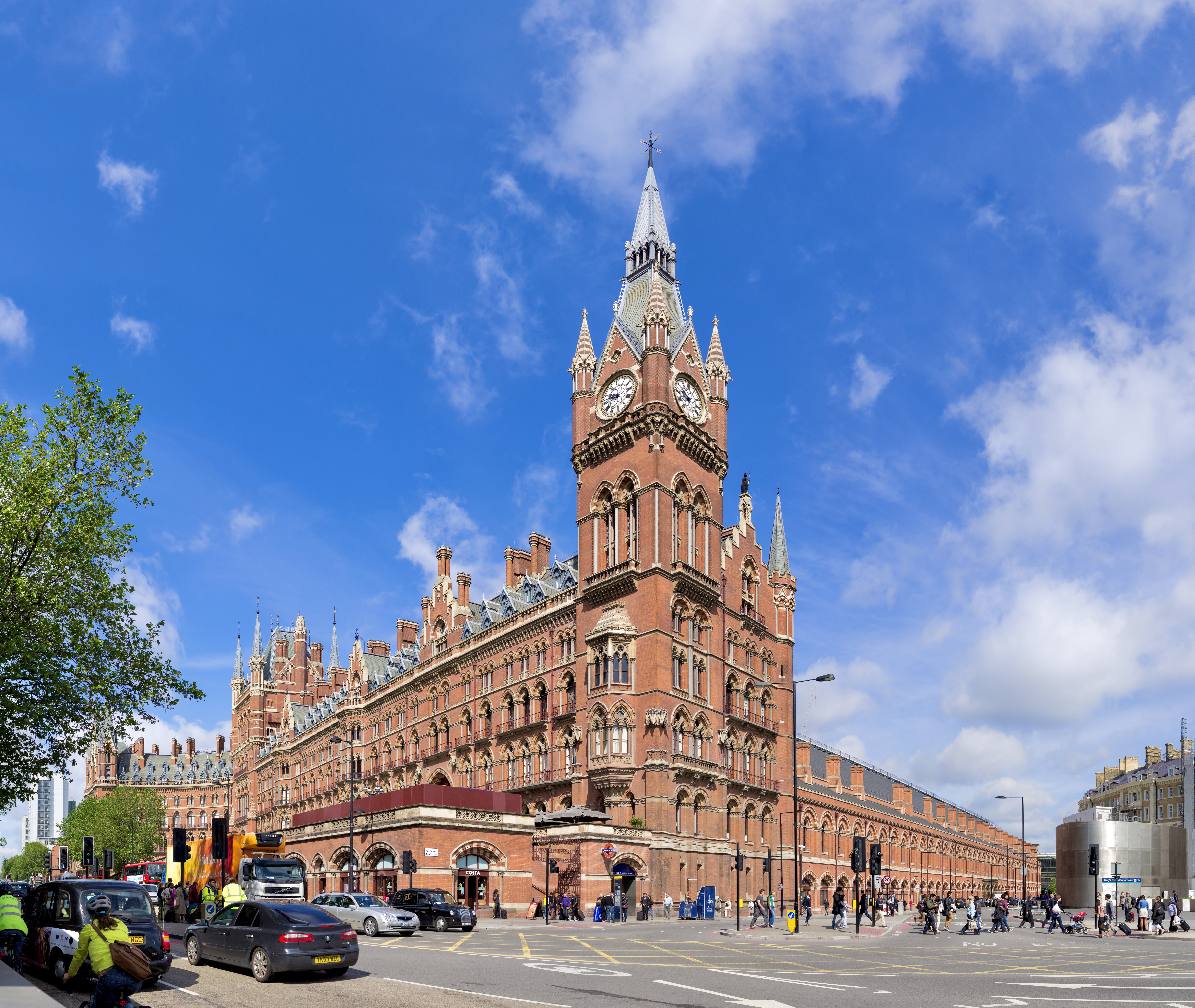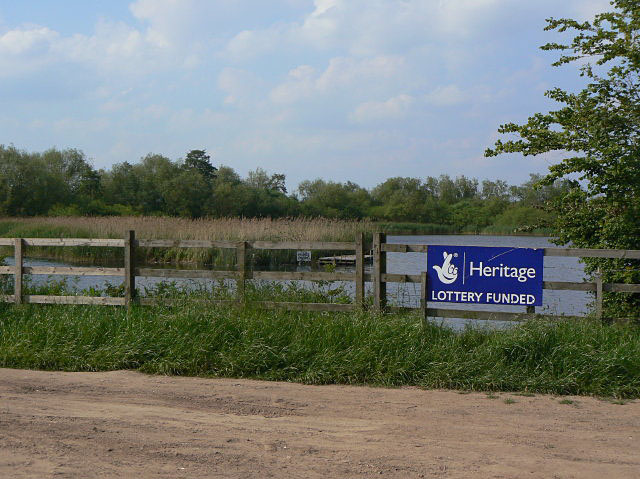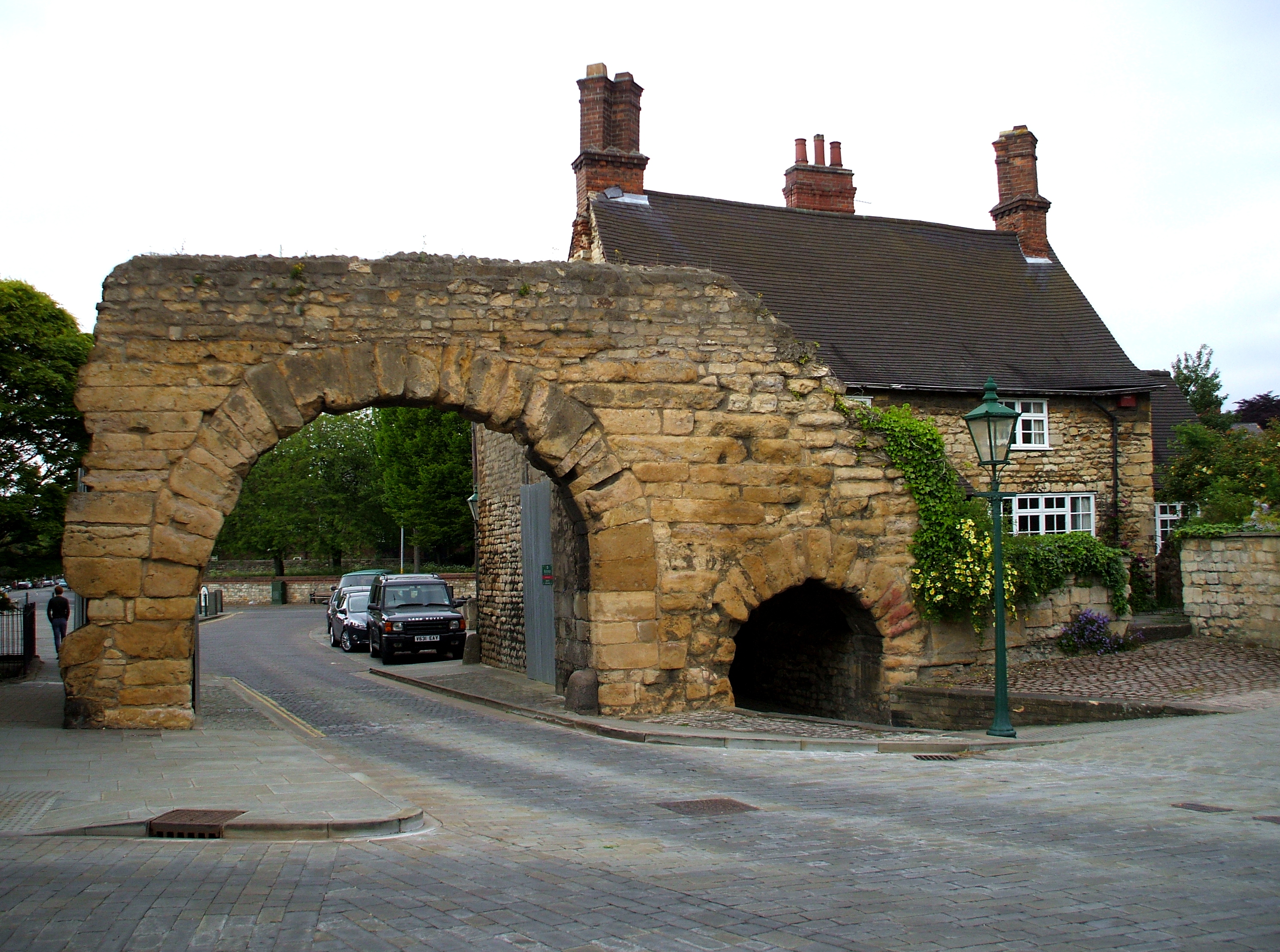|
Bruce Grove
Bruce Grove is a ward in Tottenham, enclosed by Lordship Recreation Ground, Lordship Lane, Philip Lane, and the High Road. The population of the ward at the 2011 Census was 14,483. Nearby Bruce Castle was named after Robert the Bruce. When Robert became King of Scotland, Edward I seized his English Estates, including the area then known as Bruce Manor. The area is served by Bruce Grove railway station, from where trains go to Liverpool Street, Enfield Town and Cheshunt. The neighbourhood dates back to Roman times with Ermine Street (High Rd) and to medieval times with the Swan Public House, but most of the houses were built in the late Victorian or Edwardian Era following the building of the Great Eastern Railway Enfield Branch. 7 Bruce Grove features an English Heritage blue plaque to Luke Howard (1772–1864), a meteorologist who devised a nomenclature system for clouds in 1802. The Bruce Grove area of Tottenham High Road has received a £1m grant from the Heritage ... [...More Info...] [...Related Items...] OR: [Wikipedia] [Google] [Baidu] |
Great Eastern Railway
The Great Eastern Railway (GER) was a pre-grouping British railway company, whose main line linked London Liverpool Street to Norwich and which had other lines through East Anglia. The company was grouped into the London and North Eastern Railway in 1923. Formed in 1862 after the amalgamation of the Eastern Counties Railway and several other smaller railway companies the served Cambridge, Chelmsford, Colchester, Great Yarmouth, Ipswich, King's Lynn, Lowestoft, Norwich, Southend-on-Sea (opened by the in 1889), and East Anglian seaside resorts such as Hunstanton (whose prosperity was largely a result of the 's line being built) and Cromer. It also served a suburban area, including Enfield, Chingford, Loughton and Ilford. This suburban network was, in the early 20th century, the busiest steam-hauled commuter system in the world. The majority of the Great Eastern's locomotives and rolling stock were built at Stratford Works, part of which was on the site of today's Strat ... [...More Info...] [...Related Items...] OR: [Wikipedia] [Google] [Baidu] |
Edwardian
In the United Kingdom, the Edwardian era was a period in the early 20th century that spanned the reign of King Edward VII from 1901 to 1910. It is commonly extended to the start of the First World War in 1914, during the early reign of King George V. The era is dated from the Death and state funeral of Queen Victoria, death of Queen Victoria in January 1901, which marked the end of the Victorian era. Her son and successor, Edward VII, was already the leader of a fashionable elite that set a style influenced by the art and fashions of continental Europe. Samuel Hynes described the Edwardian era as a "leisurely time when women wore picture hats and did not vote, when the rich were not ashamed to live conspicuously, and The empire on which the sun never sets, the sun never set on the British flag." The Liberals returned to power in 1906 United Kingdom general election, 1906 and made Liberal welfare reforms, significant reforms. Below the upper class, the era was marked by signifi ... [...More Info...] [...Related Items...] OR: [Wikipedia] [Google] [Baidu] |
Victorian Architecture
Victorian architecture is a series of Revivalism (architecture), architectural revival styles in the mid-to-late 19th century. ''Victorian'' refers to the reign of Queen Victoria (1837–1901), called the Victorian era, during which period the styles known as Victorian were used in construction. However, many elements of what is typically termed "Victorian" architecture did not become popular until later in Victoria's reign, roughly from 1850 and later. The styles often included interpretations and Eclecticism in architecture, eclectic Revivalism (architecture), revivals of historic styles ''(see Historicism (art), historicism)''. The name represents the British and French custom of naming architectural styles for a reigning monarch. Within this naming and classification scheme, it followed Georgian architecture and later Regency architecture and was succeeded by Edwardian architecture. Although Victoria did not reign over the United States, the term is often used for American sty ... [...More Info...] [...Related Items...] OR: [Wikipedia] [Google] [Baidu] |
Heritage Lottery Fund
The National Lottery Heritage Fund, formerly the Heritage Lottery Fund (HLF), distributes a share of National Lottery funding, supporting a wide range of heritage projects across the United Kingdom. History The fund's predecessor bodies were the National Land Fund, established in 1946, and the National Heritage Memorial Fund, established in 1980. The current body was established as the "Heritage Lottery Fund" in 1994. It was re-branded as the National Lottery Heritage Fund in January 2019. Activities The fund's income comes from the National Lottery, which is managed by Allwyn Entertainment. Its objectives are "to conserve the UK's diverse heritage, to encourage people to be involved in heritage and to widen access and learning". As of 2019, it had awarded £7.9 billion to 43,000 projects. In 2006, the National Lottery Heritage Fund launched the Parks for People program with the aim to revitalize historic parks and cemeteries. From 2006 to 2021, the Fund had granted £2 ... [...More Info...] [...Related Items...] OR: [Wikipedia] [Google] [Baidu] |
Tottenham High Road
Tottenham High Road is the main thoroughfare through the district of Tottenham, in the London Borough of Haringey. It runs from Edmonton, London, Edmonton in the North (where it becomes Fore Street) to Stamford Hill in the South (where the road becomes Stamford Hill). South of Bruce Grove the road is part of the A10 road (Great Britain), A10; to the north it is part of the A1010 road (Great Britain), A1010. Tottenham High Road passes through the London postcode areas of N17 and N15 and is 2.3 miles (3.7 kilometers) in length. History Tottenham High Road follows, for the whole of its length, the course of the erstwhile Roman road, Ermine Street. The road became an important thoroughfare between London and Cambridge attracting inns, almshouses and residential properties to be established at strategic points. By the 16th century large country retreats leased by affluent Londoners could be found on the high road. From 1800-1850 new roads were built connecting to the high road, which ... [...More Info...] [...Related Items...] OR: [Wikipedia] [Google] [Baidu] |
Meteorologist
A meteorologist is a scientist who studies and works in the field of meteorology aiming to understand or predict Earth's atmosphere of Earth, atmospheric phenomena including the weather. Those who study meteorological phenomena are meteorologists in research, while those using mathematical models and knowledge to prepare daily weather forecasts are called ''weather forecasters'' or ''operational meteorologists''. Meteorologists work in Government agency, government agencies, private consulting and research services, industrial enterprises, utilities, radio and television stations, and in education. They are not to be confused with weather presenters, who present the weather forecast in the media and range in training from journalists having just minimal training in meteorology to full-fledged meteorologists. Description Meteorologists study the Earth's atmosphere and its interactions with the Earth's surface, the oceans and the biosphere. Their knowledge of applied mathematics and ... [...More Info...] [...Related Items...] OR: [Wikipedia] [Google] [Baidu] |
Luke Howard
Luke Howard (28 November 1772 – 21 March 1864) was a British manufacturing chemist and an amateur meteorologist with broad interests in science. His lasting contribution to science is a nomenclature system for clouds, which he proposed in an 1802 presentation to the Askesian Society. Because of this, Howard is referred to as "The Godfather of Clouds", the "namer of the clouds", and the "father of meteorology". Personal life Luke Howard was born on 28 November 1772 in London to tin-plate manufacturer Robert Howard (1738–1812) and Elizabeth née Leatham (1742–1816). Howard attended a Quaker grammar school in Burford, Oxfordshire where the headteacher was renowned for his flogging of slow-to-learn pupils. In 1796 Howard married. He and his wife had two sons, Robert Howard and John Eliot Howard, who were ultimately to take over their father's chemical manufacturing business, Howards and Sons. Their daughter Elizabeth married John Hodgkin, a barrister. Although a Qua ... [...More Info...] [...Related Items...] OR: [Wikipedia] [Google] [Baidu] |
Blue Plaque
A blue plaque is a permanent sign installed in a public place in the United Kingdom, and certain other countries and territories, to commemorate a link between that location and a famous person, event, or former building on the site, serving as a historical marker. The term is used in the United Kingdom in two senses. It may be used narrowly and specifically to refer to the "official" scheme administered by English Heritage, and for much of its history restricted to sites within Greater London; or it may be used less formally to encompass a number of similar schemes administered by organisations throughout the UK. The plaques erected are made in a variety of designs, shapes, materials and colours: some are blue, others are not. However, the term "blue plaque" is often used informally to encompass all such schemes. History The "official" scheme traces its origins to that launched in 1866 in London, on the initiative of the politician William Ewart (British politician), Willi ... [...More Info...] [...Related Items...] OR: [Wikipedia] [Google] [Baidu] |
English Heritage
English Heritage (officially the English Heritage Trust) is a charity that manages over 400 historic monuments, buildings and places. These include prehistoric sites, a battlefield, medieval castles, Roman forts, historic industrial sites, Listed building, listed ruins, and architecturally notable English country houses. The charity states that it uses these properties to "bring the story of England to life for over 10 million people each year". Within its portfolio are Stonehenge, Dover Castle, Tintagel Castle, and the "best-preserved" parts of Hadrian's Wall. English Heritage also manages the London blue plaque scheme, which links influential historical figures to particular buildings. When originally formed in 1983, English Heritage was the operating name of an executive non-departmental public body of the Her Majesty's Government, British Government, officially titled the Historic Buildings and Monuments Commission for England, that ran the national system of heritage prot ... [...More Info...] [...Related Items...] OR: [Wikipedia] [Google] [Baidu] |
Lea Valley Lines
The Lea Valley lines are a set of suburban rail lines running along the Lea Valley in East London, North London and Hertfordshire to Liverpool Street and Stratford. Historically part of the Great Eastern Railway, the lines now form part of the ''Anglia Route'' of Network Rail. Services are operated by London Overground and Greater Anglia. The lines include the Enfield Town branch, the Chingford branch, the Hertford East branch, the Southbury Loop, the Temple Mills branch, and the section of the West Anglia Main Line from Broxbourne towards London Liverpool Street and Stratford. On 31 May 2015, services from London Liverpool Street to Chingford, Cheshunt and Enfield Town were transferred to London Overground; services from London Liverpool Street and Stratford via Tottenham Hale remain with Greater Anglia. Services operated by London Overground are now fully operated by new-built Class 710 rolling stock, replacing older Class 315 and Class 317 stock inherited f ... [...More Info...] [...Related Items...] OR: [Wikipedia] [Google] [Baidu] |
Ermine Street
Ermine Street is a major Roman road in England that ran from London (''Londinium'') to Lincoln ('' Lindum Colonia'') and York ('' Eboracum''). The Old English name was ''Earninga Strǣt'' (1012), named after a tribe called the ''Earningas'', who inhabited a district later known as ''Armingford Hundred'', around Arrington, Cambridgeshire, and Royston, Hertfordshire. "Armingford", and "Arrington" share the same Old English origin. The original Celtic and Roman names for the route remain unknown. It is also known as the Old North Road from London to where it joins the A1 Great North Road near Godmanchester. Course Ermine Street begins at Bishopsgate, where one of the seven gates in the wall surrounding Roman London was located. From here it runs north up Norton Folgate, Shoreditch High Street and Kingsland Road through Stoke Newington (forming Stoke Newington Road and Stoke Newington High Street), Tottenham, Edmonton and eastern Enfield (Ponders End, Enfield Hig ... [...More Info...] [...Related Items...] OR: [Wikipedia] [Google] [Baidu] |







